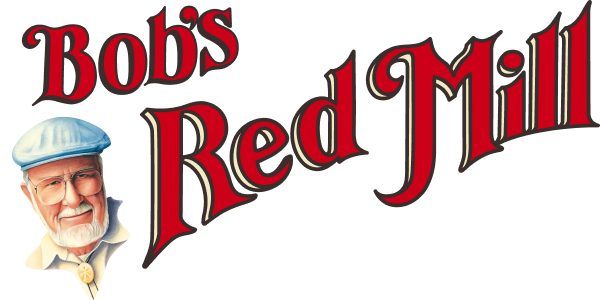
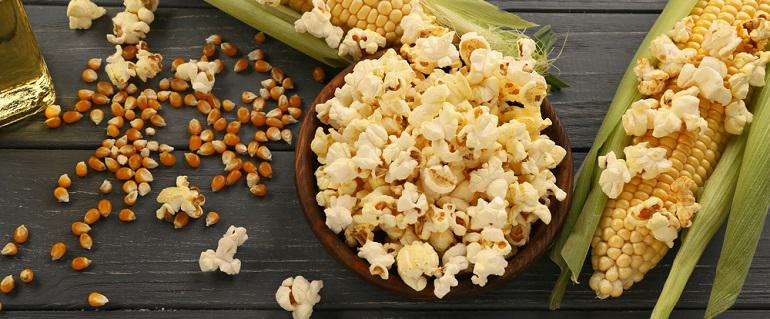
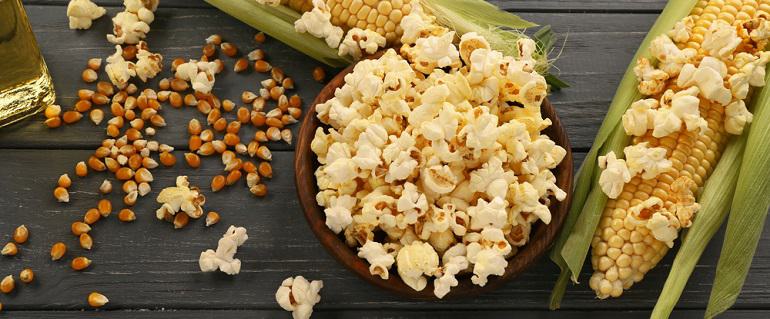
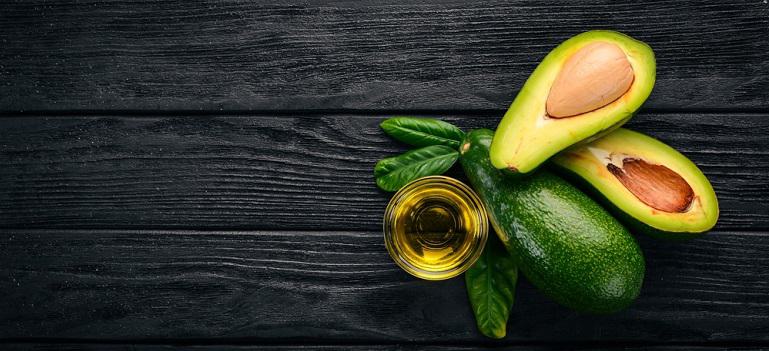 Avocado oil is made from fresh avocado pulp and loaded with healthy fats. Its high smoke point (510-520F) makes it a great choice to use when cooking. Like olive oil, most avocado oils are unrefined and produce a subtle creamy flavormuch like that of an avocado.
Avocado oil is made from fresh avocado pulp and loaded with healthy fats. Its high smoke point (510-520F) makes it a great choice to use when cooking. Like olive oil, most avocado oils are unrefined and produce a subtle creamy flavormuch like that of an avocado.
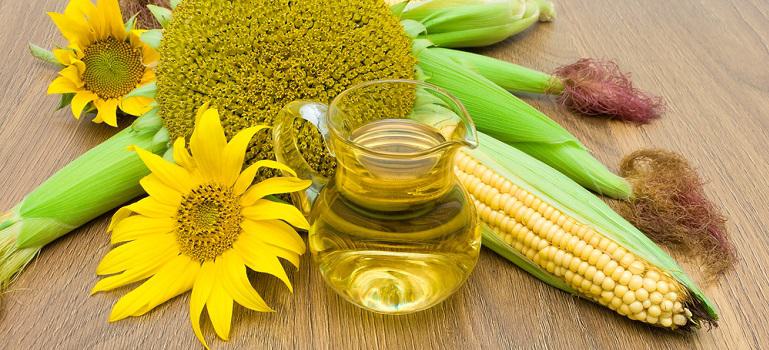 Now that you know the many oils that you can use when making popcorn, let's review the different ways to cook it. When cooking popcorn, there are two popular methods: stovetop and microwave. Though each method has its benefits, most individuals choose to cook on the stovetop when making popcorn from scratch. To help you better decide which method you'd like to use, here's an overview of each.
Now that you know the many oils that you can use when making popcorn, let's review the different ways to cook it. When cooking popcorn, there are two popular methods: stovetop and microwave. Though each method has its benefits, most individuals choose to cook on the stovetop when making popcorn from scratch. To help you better decide which method you'd like to use, here's an overview of each.
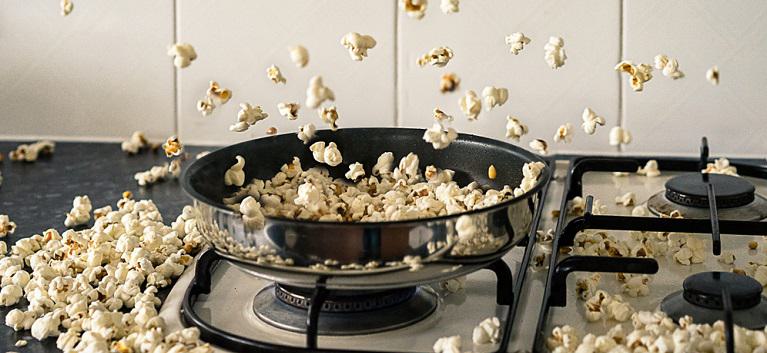 When making popcorn from scratch, knowing how and why it pops is the secret to helping all kernels crack open. For a popcorn kernel to pop, steady heat must be applied to the kernel. When heat is used, the proteins and starch within the endosperm soften and expand. The rigid hull on the outside allows the endosperm to decompress and create steam until it eventually breaks, producing fluffy and crunchy popcorn. To ensure a perfectly popped and textured popcorn, you must apply a steady heat stream to all the kernels. Choosing a pan that distributes heat well and rotating the kernels often will ensure that all kernels pop quickly.
When making popcorn from scratch, knowing how and why it pops is the secret to helping all kernels crack open. For a popcorn kernel to pop, steady heat must be applied to the kernel. When heat is used, the proteins and starch within the endosperm soften and expand. The rigid hull on the outside allows the endosperm to decompress and create steam until it eventually breaks, producing fluffy and crunchy popcorn. To ensure a perfectly popped and textured popcorn, you must apply a steady heat stream to all the kernels. Choosing a pan that distributes heat well and rotating the kernels often will ensure that all kernels pop quickly.